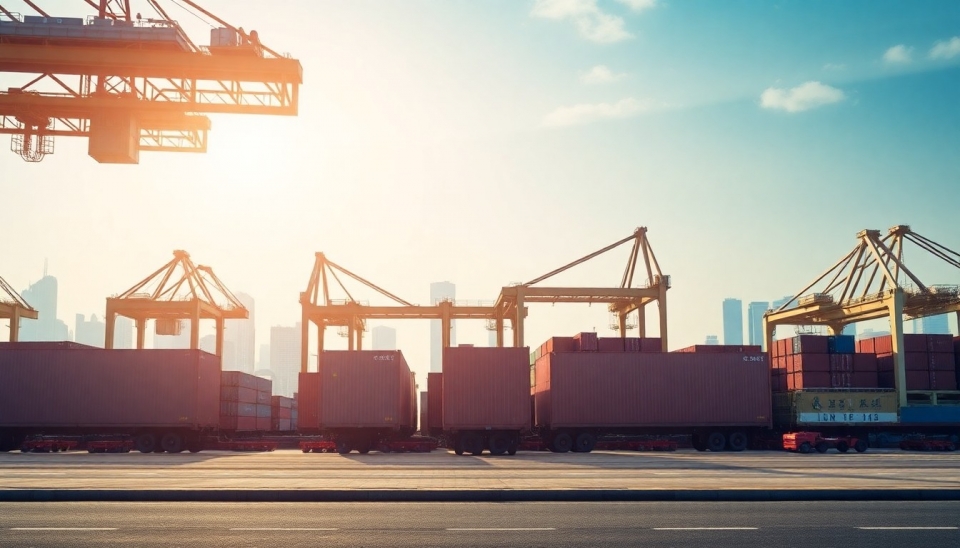
China is reworking its green-energy strategy with a greater emphasis on energy storage as it tries to ensure the stability and reliability of supplies of renewable power. As the world's biggest emitter of carbon dioxide undertakes a shift toward cleaner sources of energy, the need for reliable means of energy storage has become key in the attainment of carbon neutrality by 2060.
Large-scale deployment of solar and wind power installations is metamorphosing the energy scene of the country. Inherently, these sources are intermittent, meaning electricity is generated only when either the sun shines or the wind blows. This also leads to huge variability that is going to be stressful for the stability of power grids, making strong energy storage systems highly useful in balancing supply and demand effectively.
Huge investments from Chinese policymakers and companies are being lavished on a range of storage technologies-from lithium-ion batteries and pumped hydro storage to emerging solutions like flow batteries and hydrogen storage-developing their use to save extra electricity produced during peak production and utilize it when production goes low to maintain consistent power.
Over the past couple of months, there is substantial momentum in govt support for energy storage initiatives. Guidelines have been issued by the NDRC and NEA with the view to encourage new renewable energy projects that integrate storage systems. Ambitious targets have also been set by them for a significant ramp-up in storage capacity over the next couple of years.
Among the key players within the sector is China's CATL, which is the biggest battery manufacturer. The company has announced the expansion of its production capacity against the backdrop of increasing demand for storage solutions. Among the several options of battery technologies being considered to achieve both better efficiency and increased storage capacity are advanced lithium-ion and next-generation solid-state batteries.
Equally traditional, pumped hydro storage is also attracting fresh interest. In this system, excess energy pumps water uphill into a reservoir so that it may later be released down in order to generate electricity. The technology is proven already, scaling up to complement newer storage solutions.
Further, it invests in research and development to study new storage technologies. Testing flow batteries is underway, which store energy in liquid electrolytes, for the possibility of longer-duration storage solutions. Another vigorous area of exploration involves hydrogen storage, which uses electrolysis to convert excess electricity into hydrogen for later use.
The concerted effort to enhance energy storage capability is part of China's grand strategy in leading the world into transitioning to green energy. Ambitious renewable energy targets and heavy investments in storage infrastructure are testaments to the country's interested determinism for finally pursuing a reduction of carbon emissions and dealing with climate change.
With the continuous improvement of storage technology and support from relevant government policies, China is well-positioned to overcome the challenges of renewable energy variability. As storage systems are developed to become increasingly efficient and cost-effective, they will be crucial in assuring steady and reliable renewable energy supply that will propel China to carbon neutrality.
The bottom line is that energy storage will soon become the center of gravity in China's transition to a green-energy-dominated future. By solving the intermittency problem of renewables and guaranteeing a stable power supply, storage solutions will soon become a cornerstone of the nation's sustainable energy future.
#China #GreenEnergy #EnergyStorage #RenewableEnergy #LithiumIonBatteries #PumpedHydroStorage #FlowBatteries #HydrogenStorage #CarbonNeutrality
Author: Liam Carter




